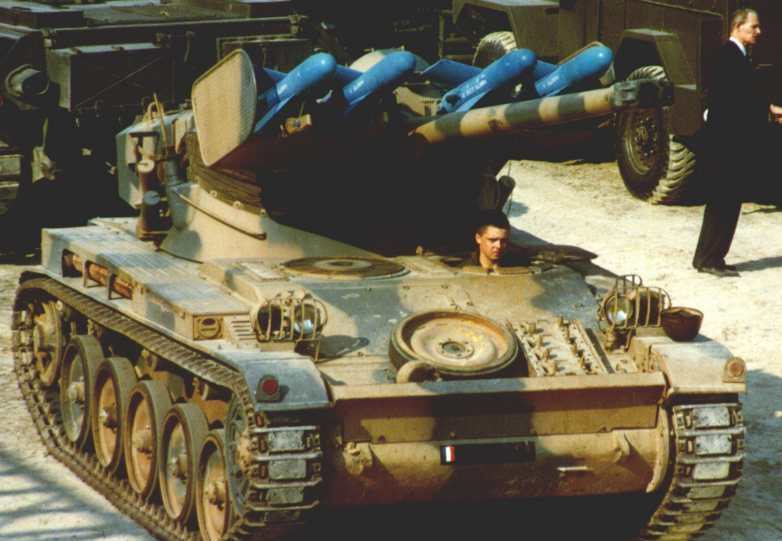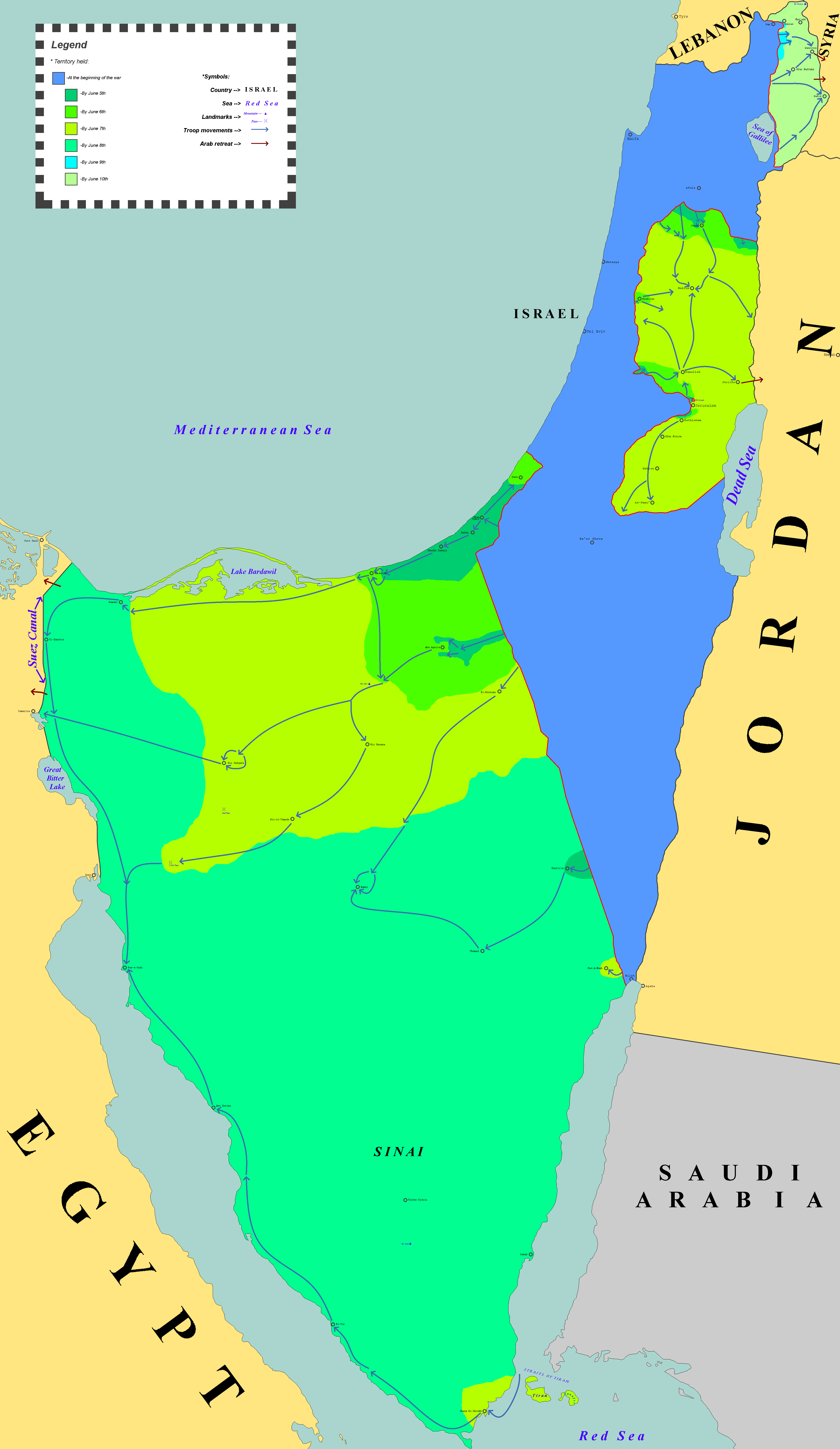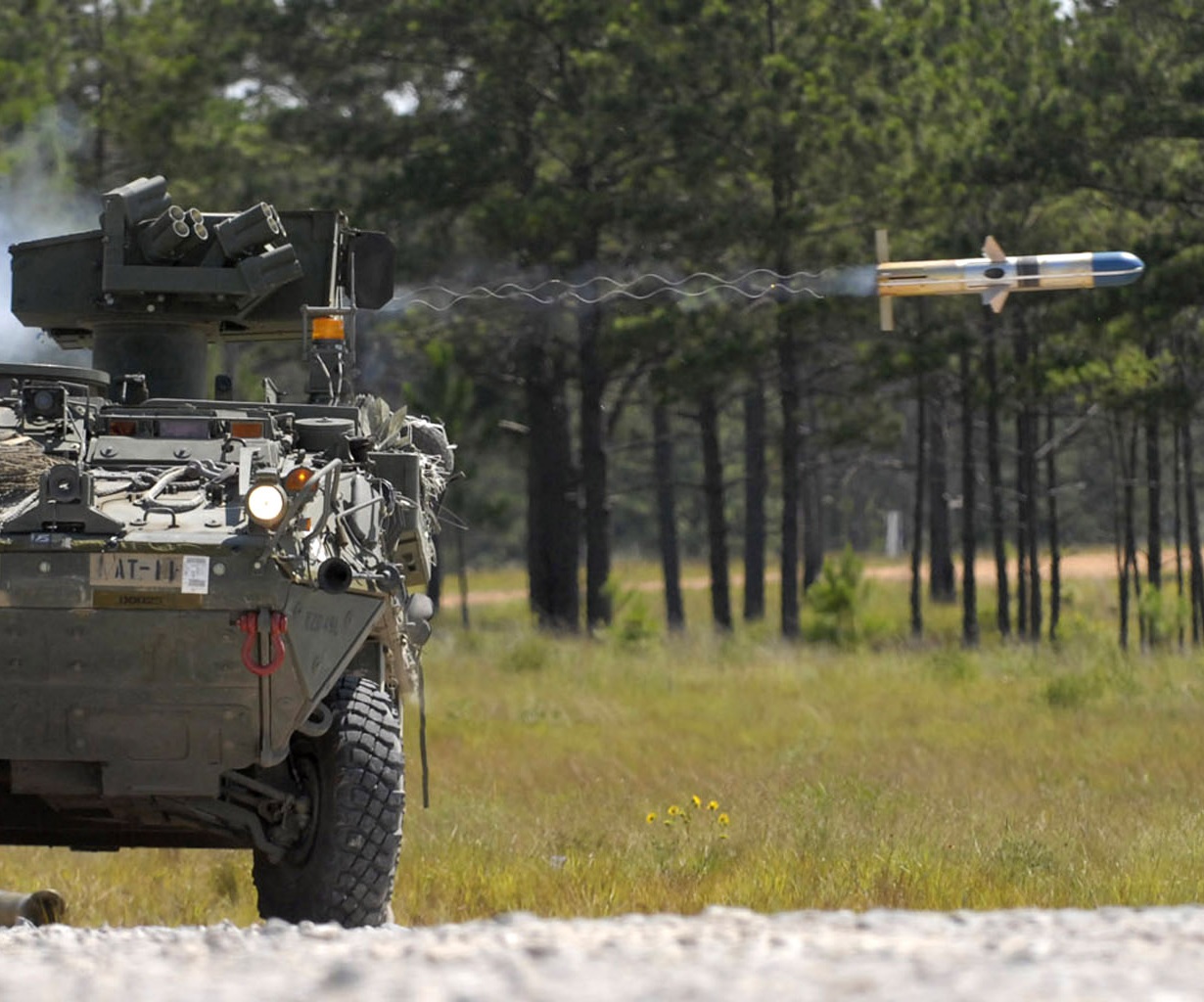|
SS.11
The SS.11 is a French manual command to line of sight Wire-guided missile, wire-guided Anti-tank guided missile, anti-tank missile manufactured by Nord Aviation. It is also available in the air-to-ground version, AS.11, which featured a stabilized sighting system. The AS.11 was also known as the AGM-22 in American service. It is among the earliest guided anti-tank missiles, entering service with the French Army in 1956 and remaining in service into the 1980s. It also formed the basis for the larger and longer-ranged SS.12/AS.12 series. The missile was guided manually by comparing the location of the target to flares on the back of the missile and using a small joystick to adjust its flight. The original manual guidance system was replaced in 1967 to produce the Harpon version, which used SACLOS guidance using an infrared homing sensor tracking the original flares. This greatly eased the operation of the system, the operator simply had to keep the sights pointed at the target an ... [...More Info...] [...Related Items...] OR: [Wikipedia] [Google] [Baidu] |
Westland Scout
The Westland Scout is a light helicopter developed by Westland Helicopters. Developed from the Saro P.531, it served as a land-based general purpose military helicopter, sharing a common ancestor and numerous components with the naval-orientated Westland Wasp helicopter. The type's primary operator was the Army Air Corps (United Kingdom), Army Air Corps of the British Army, which operated it in several conflict zones including Northern Ireland and the Falklands War. Development Both the Scout and the Wasp were developed from the Saro P.531, Saunders-Roe P.531, itself a development of the Saunders-Roe Skeeter. With the acquisition of Saunders Roe, Westland took over the P.531 project, which became the prototype for the Scout (originally called Sprite) and the Wasp. The initial Ministry of Defence (1947–64), UK Ministry of Defence (MoD) development contract was for a five to six seat general purpose helicopter. The first version that met both RN and Army requirement, the P.531 ... [...More Info...] [...Related Items...] OR: [Wikipedia] [Google] [Baidu] |
Aérospatiale Alouette II
The Aérospatiale Alouette II (, "lark"; company designations SE 313 and SA 318) is a French light helicopter originally manufactured by Sud Aviation and later Aérospatiale. It was the first production helicopter powered by a gas turbine engine instead of the heavier conventional piston powerplant. On 12 March 1955, the prototype SE 3130 performed its maiden flight. The Alouette II was a widely used type and popular with operators, with over 1,300 rotorcraft eventually being constructed between 1956 and 1975. The type was predominantly used for military purposes in observation, photography, air-sea rescue, liaison and training, but it has also carried anti-tank missiles and homing torpedoes. As a civilian helicopter, the Alouette II has been used for casualty evacuation (with two external stretcher panniers), crop-spraying and as a flying crane, with a external underslung load. A high-altitude derivative, the SA 315B Lama, was developed and entered operational service i ... [...More Info...] [...Related Items...] OR: [Wikipedia] [Google] [Baidu] |
Dassault MD 315 Flamant
The Dassault MD 315 Flamant is a French light twin-engined transport airplane built shortly after World War II by Dassault Aviation for the French Air Force. Design and development Design work on a twin-engined light transport started in 1946 in aviation, 1946 with the MD 303, a development of an earlier project for an eight-seat communications aircraft, the Marcel Bloch MB-30. The prototype MD 303 first flew on 26 February 1947 powered by two Béarn 6D engines, designed to meet a French Air Force requirement for a colonial communications aircraft. A re-engined version was ordered into production at the new Dassault factory at Bordeaux-Mérignac. The production aircraft was a low-wing monoplane with twin tail surfaces and a tricycle undercarriage, powered by two Renault 12S piston engines. Three main versions of the aircraft now named Flamant (Flamingo in French) were produced. The MD 315 ten-seat colonial communication aircraft (first flown on 6 July 1947), the MD 312 six-seat ... [...More Info...] [...Related Items...] OR: [Wikipedia] [Google] [Baidu] |
Manual Command To Line Of Sight
Manual command to line of sight (MCLOS or MACLOS) is a method for guiding guided missiles. With an MCLOS missile, the operator must track the missile and the target simultaneously and guide the missile to the target. Typically the missile is steered with a joystick, and its path is observed through a periscope-type telescopic sight. The missiles are usually equipped with a magnesium flare in the base that automatically ignites on launch and allows the gunner to visually track the fast-moving missile in a manner similar in concept to tracer ammunition. MCLOS requires considerable training and practice to master, since even a minor disruption in the gunner's concentration would likely cause a miss. These guidance systems have marginal accuracy on tank-sized targets, even with perfect line-of-sight by the gunner, due to erratic flight paths requiring timely manual corrections. As demonstrated by the Israeli Army under fire from Soviet-armed Arab states, responding to the distinc ... [...More Info...] [...Related Items...] OR: [Wikipedia] [Google] [Baidu] |
SSM-A-23 Dart
The XSSM-A-23 Dart was an anti-tank-guided missile developed for the United States Army in the 1950s. After protracted development, the missile, similar in design to the French SS.10, was cancelled in favor of purchasing the SS.11 missile. Design and development The initial requirement for a guided anti-tank missile, intended for the replacement of recoilless rifles and Bazookas in the role,Ordway and Wakeford 1960, p.USA4 was issued by the U.S. Army in 1951; that November,Hunnicutt 1999, p.176. the Aerophysics Development Corporation responded with a proposal for a wire-guided missile, similar in concept and configuration to the SS.10 missile being developed in France.Jacobs and Whitney 1962, p.44. After evaluating the SS.10 in 1952–53,Parsch 2003 the Army issued a contract for the full development of the Aerophysics Development missile, designated SSM-A-23 Dart, in April 1953. The SSM-A-23 was of conventional configuration for an anti-tank missile of the time, having cruci ... [...More Info...] [...Related Items...] OR: [Wikipedia] [Google] [Baidu] |
Six-Day War
The Six-Day War, also known as the June War, 1967 Arab–Israeli War or Third Arab–Israeli War, was fought between Israel and a coalition of Arab world, Arab states, primarily United Arab Republic, Egypt, Syria, and Jordan from 5 to 10June 1967. Military hostilities broke out amid poor relations between Israel and its Arab neighbors, which had been observing the 1949 Armistice Agreements signed at the end of the 1948 Arab–Israeli War, First Arab–Israeli War. In 1956, regional tensions over the Straits of Tiran (giving access to Eilat, a port on the southeast tip of Israel) escalated in what became known as the Suez Crisis, when Israel invaded Egypt over the Israeli passage through the Suez Canal and Straits of Tiran, Egyptian closure of maritime passageways to Israeli shipping, ultimately resulting in the re-opening of the Straits of Tiran to Israel as well as the deployment of the United Nations Emergency Force (UNEF) along the Borders of Israel#Border with Egypt, Egypt ... [...More Info...] [...Related Items...] OR: [Wikipedia] [Google] [Baidu] |
Nord Aviation
Nord-Aviation () was a state-owned French aircraft manufacturer. The bulk of its facilities were based on the site of Bourges airport, in the département of Cher, in central France. On 1 October 1954, Nord Aviation was created as a result of the acquisition of SFECMAS (Société française d'étude et de construction de matériels aéronautiques spéciaux) by SNCAN (Société nationale de constructions aéronautiques du Nord). The company's name, ''Nord'', also became commonly used as a generic name referring to the Pingouin light aircraft. It manufactured numerous aircraft; perhaps Nord Aviation's most successful aircraft was the Nord Noratlas, a utility transport used by both military and civilian customers. Other aircraft included general aviation, trainers and experimental aircraft, as well as other transports. Nord Aviation also developed and produced its own range of missiles; perhaps the most famous of these was the Exocet, a sea-skimming anti-ship missile. On 1 ... [...More Info...] [...Related Items...] OR: [Wikipedia] [Google] [Baidu] |
Aérospatiale Alouette III
The Aérospatiale Alouette III (, ''Lark''; company designations SA 316 and SA 319) is a single-engine, light utility helicopter developed by France, French aircraft company Sud Aviation. During its production life, it proved to be a popular rotorcraft; including multiple Licensed production, licensed manufacturers, more than 2,000 units were built. The Alouette III was developed as an enlarged derivative of the earlier and highly successful Aérospatiale Alouette II, Alouette II. Sharing many elements with its predecessor while offering an extra pair of seats and other refinements, it quickly became a commercial success amongst both civil and military customers. Further variants were also developed; amongst these was a high-altitude derivative, designated as the Aérospatiale SA 315B Lama, SA 315B Lama, which entered operational service during July 1971. The Alouette III was principally manufactured by Aérospatiale; the type was also built under licence by Hindustan Aeronautic ... [...More Info...] [...Related Items...] OR: [Wikipedia] [Google] [Baidu] |
Wire-guided Missile
A wire-guided missile is a missile that is guided by signals sent to it via thin wires connected between the missile and its guidance mechanism, which is located somewhere near the launch site. As the missile flies, the wires are reeled out behind it ( command guidance). This guidance system is most commonly used in anti-tank missiles, where its ability to be used in areas of limited line-of-sight make it useful, while the range limit imposed by the length of the wire is not a serious concern. The longest range wire-guided missiles in current use are limited to about . History Electrical wire guidance dates back to the early 20th century with an early example being the Lay Torpedo. A prototype ground-based electrical wire-guided torpedo was built by the Germans during World War II. The pair of deployed German guided air-delivered ordnance designs, the Fritz X and Henschel Hs 293, both used the ''Kehl-Strassburg'' radio guidance system for control. However, because the ... [...More Info...] [...Related Items...] OR: [Wikipedia] [Google] [Baidu] |
French Patrol Vessel La Combattante (P730)
''La Combattante'' (P730) ("The Fighter") was a fast patrol vessel of the French Navy. She was built in 1963 and was to be the prototype for a class of coastal patrol craft. ''La Combattante'' was operational in the French Navy from 1963 until 1985, when she was transferred to the French Coast Guard. She was discarded in 1994. Design and construction ''La Combattante'' was ordered from Constructions Mécaniques de Normandie (CMN), Cherbourg, on 5 December 1961. She was launched on 20 June 1963 and was completed in March 1964. ''La Combattante'' was built of laminated wood and plastic, in order to have a small magnetic signature. She had an armament of one 40mm and two 12.7mm machine-guns, and a speed of 23 knots.Conway p127 Her design inspired a series of similar vessels, including that of the ''Circé'' class coastal minehunters built by CMN in the 1990s, and the "La Combattante" type missile boats built by CMN for export. Service history ''La Combattante'' was commission ... [...More Info...] [...Related Items...] OR: [Wikipedia] [Google] [Baidu] |





